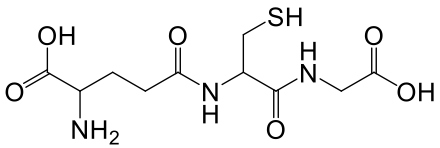"Mustard gas": an expression that immediately brings apocalyptic images of the First World War. This compound, also known as sulfur mustard, however, has not ceased to be used in various conflicts, for example the Iran-Iraq war or more recently in Syria. It is also a threat to the population, which may be in contact with old munitions or could be the target of terrorist attacks, since mustard is relatively easy to synthesize. In such scenarios, it is important to be able to assess the dose received by victims to facilitate medical diagnosis and prognosis, or to establish evidence of exposure. This requires biomarkers,
i.e. physiological responses or quantifiable molecules in humans. Biomarkers of exposure to sulfur mustard are already available but they are either detectable for a short period of time or require tedious protocols.
Researchers at our laboratory have undertaken the task of validating novel biomarkers of exposure to sulfur mustard in a project associating the NRBC program of the CEA, a thesis co-financing from the Agence d'Innovation de Défense and the Institut de Recherches Biomédicales des Armées. Since the handling of sulfur mustard is authorized in only two laboratories in France, the first experiments were carried out with CEES (2-chloroethyl ethyl sulfide), an analog of sulfur mustard.
Glutathione is a tripeptide (
see formula) that is present in high concentrations in cells where it binds to many chemicals (thereby forming conjugates) to facilitate their elimination. Under the action of various enzymes, these conjugates evolve in the body into different derivatives. In a recent study, at our laboratory aimed to detect in a targeted manner the conjugates of CEES with glutathione and some of its metabolites.

The biofluids targeted in this study were urine and blood plasma, which are easily accessible in patients. Samples were purified and concentrated by solid phase extraction before three glutathione derivatives were measured by liquid chromatography coupled with mass spectrometry. After a long period of development and analytical validation, first biological experiments were performed on cultured cells and skin explants. The researchers were thus able to show that the conjugate and its metabolites are indeed produced and excreted by the cells, and that they can be detected in the cell culture medium.
The real biological validation of these exposure markers was provided by their unambiguous detection in blood plasma samples from mice exposed to CEES, this detection remaining possible for a period of several days. Based on these results, the team is now working on extending this technique to sulfur mustard metabolites.